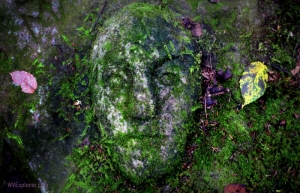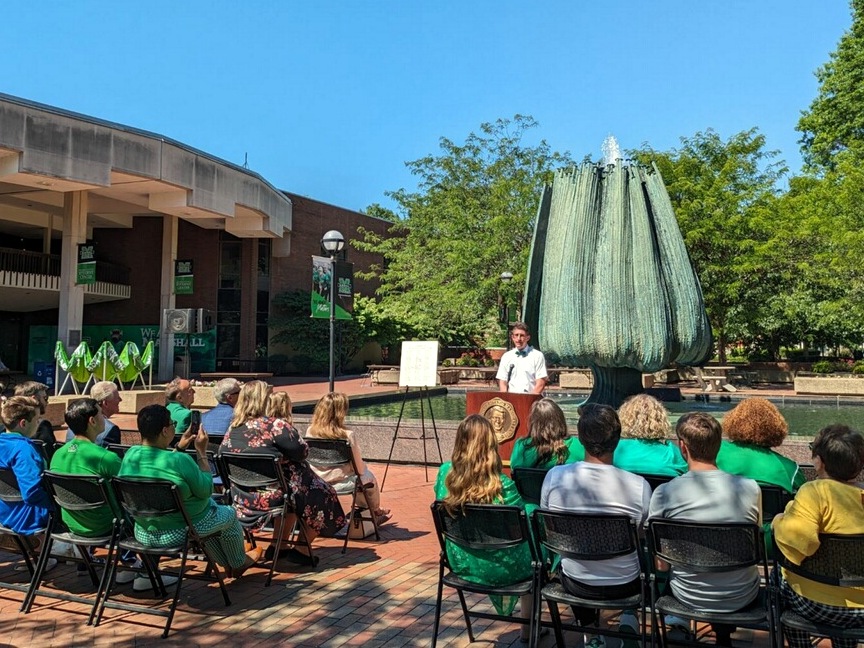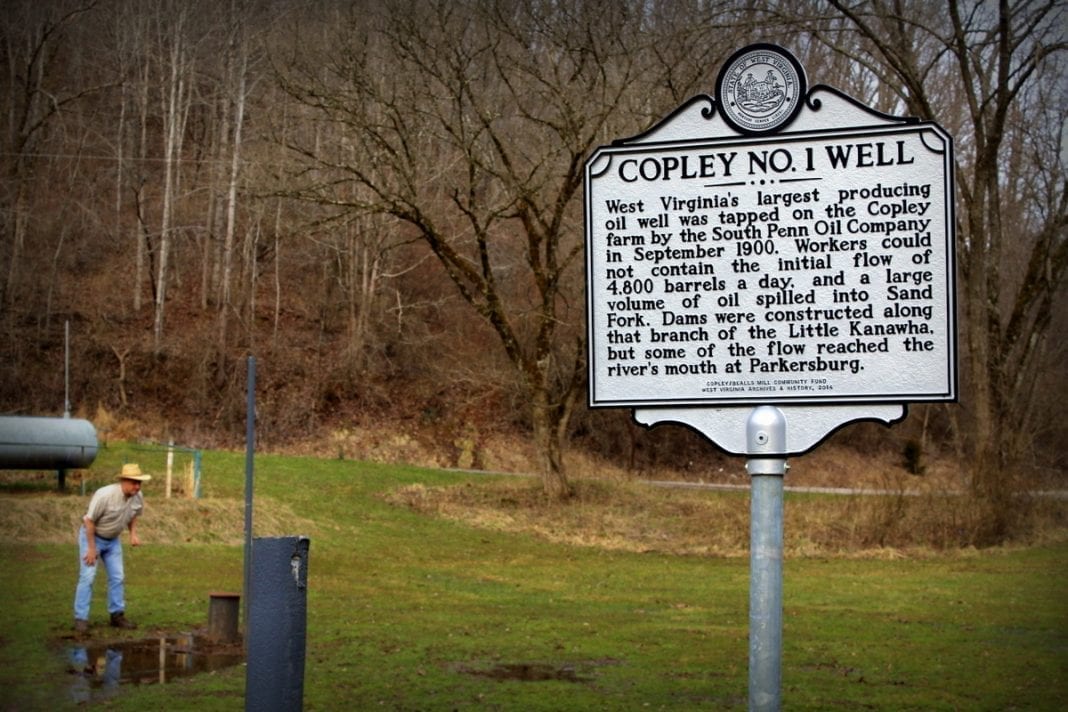LYNCO, W.Va. — Scientists studying ancient carvings in West Virginia say stories that propose a non-native origin for prehistoric landmarks ignore evidence and may dishonor Native American heritage.
Mysterious though the carvings are, officials with the Council for West Virginia Archaeology stressed the problem in an open letter that rebutted assumptions that carvings in a cliff at Lynco, near Oceana, West Virginia, in Wyoming County, are of European origin.
Archaeologist and council spokeswoman Charity Moore wrote that a 2018 article published by Appalachian Magazine titled "Could the Celts Have Explored Appalachia Long Before Columbus?" disregards research and "has problematic imperialist, or even racist, undertones."
"We understand that your magazine aims to entertain readers," Moore wrote. "However, we urge you to remember that speculative fiction is just that—fiction."
Speculation that Europeans might have chiseled the carvings, known as the Luther Elkins Petroglyph, was first proposed in the 1980s by the late Robert Pyle.
Pyle proposed that the carvings, or petroglyphs, were similar to those inscribed by Irish monks in an ancient alphabet known as ogham, and his theories were publicized by Wild, Wonderful West Virginia magazine.
Scientists, however, have documented that most petroglyphs in West Virginia and other earthworks, such as mounds and stone walls, were created by indigenous peoples who inhabited the region until the mid-17th century.
While there is evidence that many Native American villages were located along the Clear Fork of the Guyandotte River near the petroglyphs at Lynco, there is no evidence that non-native hands etched the carvings, though appearances may be similar.
No artifacts that indicate anything other than native origin have ever been found in the region where thousands of natives, and no Europeans, have lived through the centuries.
Prehistoric pottery, burials, and earthworks have been found throughout the area near the site, but no show any indication of non-native influence.
The archaeology council, as well as the West Virginia Archaeological Society, published a series of corrections in the 1980s, though the propositions occasionally resurface.
"It is disappointing to see these same ideas re-emerging decades later," Moore wrote of the recent magazine article.
"We believe that the lack of medieval Irish artifacts and the questionable validity of the ogham translations prevent Robert Pyle's ideas from having scholarly merit," Moore said.
"We also believe that attributing Native American sites to Europeans has problematic imperialist or even racist undertones and that these ideas undermine the work of legitimate archaeologists."
Moore encourages archaeology students to consult the council when reporting on such matters and welcomes the continued promotion of West Virginia's heritage.
Interested in finding out about more prehistoric sites? Read through our list of prehistoric landmarks in West Virginia.
Mysterious stone face attracting curious in New River Gorge

An enigmatic stone face carved into mossy sandstone along the rim of the New River Gorge is attracting increased attention as hiking, biking, and climbing in the region grows. Though its origins are popularly regarded as a mystery, the face was likely carved in the 1950s, and the son of its creator may still live in the area near Fayetteville, according to residents who still regard it with a sense of awe. Read the full story here.
Sign up to receive a FREE copy of West Virginia Explorer Magazine in your email twice weekly. Sign me up!



